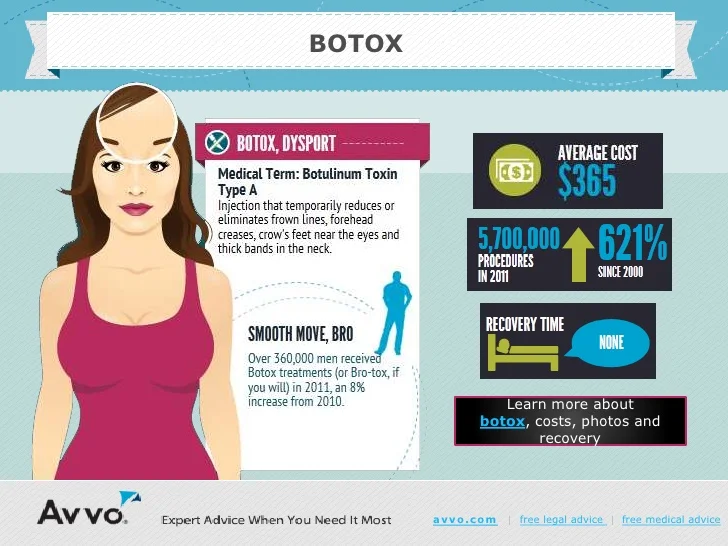How To Prepare For A Chemical Peel
How To Prepare For A Chemical Peel
Blog Article
Sources of Acne on Cheeks
Acne outbreaks in the cheek location are set off by many points, from touching your face often to not changing your pillow case typically enough. Picking at imperfections boosts your risk of infection and scarring, and particular drugs can get worse dark areas (postinflammatory hyperpigmentation).
Fortunately, there are many ways to prevent and treat cheek acne. These include:
1. Hormonal Changes
Acne is largely caused by hormones, specifically those generated throughout the age of puberty and maternity. For some, a family history of acne might likewise add to their problem. Anything that blocks pores, such as oil-based skin care products or waxy hair products, can cause acne. Numerous topical therapies, like benzoyl peroxide and salicylic acid, can deal with microorganisms and unclog pores. Those with serious or chronic acne ought to seek treatment from their doctor.
Stay clear of touching or pressing your acne, as this can press a few of the germs deeper into the skin, resulting in a more severe outbreak. It is likewise crucial to alter pillowcases routinely and use clean make-up brushes. You must likewise try to avoid irritants such as rubbing from using a safety helmet or tight collar.
2. Diet
The oily, sweet foods that lots of people believe trigger acne may in fact refrain so. As a matter of fact, research studies have revealed that consuming a diet plan rich in entire, nutrient-dense foods aids to avoid breakouts.
Foods high in the glycemic index (such as white bread, corn flakes, puffed rice and potatoes, doughnuts and various other breads) raise blood sugar degrees swiftly, and this can enhance hormones that enhance oil manufacturing and result in acne.
Drinking cow's milk has actually likewise been linked to raised acne outbreaks. If you are a routine cow's milk drinker, you could wish to try changing to low-fat or nondairy options that are fortified with calcium. In addition, consuming alcohol more water can help to lower acne since it helps to maintain the skin hydrated.
3. Excess Oil
While oil is necessary for healthy skin, it can come to be an issue when excessive sebum mixes with dead skin cells and obstructs pores. This combination can develop blackheads, whiteheads and acnes. The clogged pore wall surface can break down and spill germs, dead skin cells and sebum right into bordering skin. This results in a red bump called a pimple. Sometimes these red bumps have pus in the facility from a bacterial infection. Bigger contaminated bumps that look like acne are called cysts.
There are several things that can create excess sebum and stopped up pores, including hormonal agent changes, diet regimen and everyday habits. Some instances include touching the face regularly, resting your hand on your cheek, making use of filthy make-up brushes and not altering pillowcases on a regular basis.
4. Tension
If you're dealing with pain pimples or a multitude of blackheads and whiteheads, it may be time to speak to a dermatologist. They can advise an effective therapy that suits your skin kind. Practicing leisure and stress-reduction techniques additionally helps.
Acne can take place in the cheeks due to rubbing and pressure, such as when an individual touches their face frequently or puts on a hat or sports helmet that scrubs against the skin. It can likewise appear where greasy cosmetics and creams scrub versus the skin.
Avoid pressing acne, as this can push contaminated product deeper acne treatment near me into the skin and bring about scarring. Instead, see a medical professional to find out about preventative therapies like medication, skin care items and way of life adjustments. Eating a healthy and balanced diet regimen of whole foods, obtaining seven to nine hours of rest and using noncomedogenic make-up and skincare products can all help in reducing acne breakouts.
5. Hair Products
Hair items are not typically considered a source of breakouts, however they can add to acne on the cheeks in some people. Pomade acne, which is defined by tiny closed comedones and papulopustules, is frequently caused by using oily hair items that contain comedogenic components such as particular oils and acetylated lanolin.
Choosing hair products that do not contain these possibly comedogenic active ingredients is an essential action toward reducing outbreaks. Also, making sure that hair products aren't being available in contact with the skin can aid prevent outbreaks. As an example, wearing a headscarf or hood at night can restrict hair-to-face call and decrease the probability that leave-in hair items will abrade onto the face.
In addition to utilizing a non-comedogenic cream and washing with an acne face laundry, various other useful approaches include: